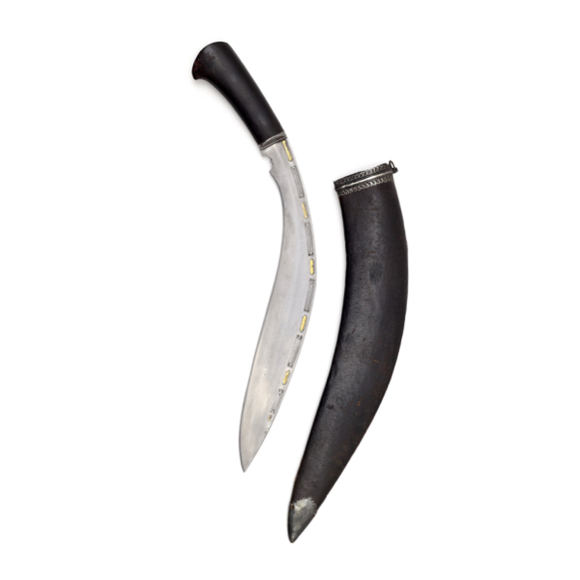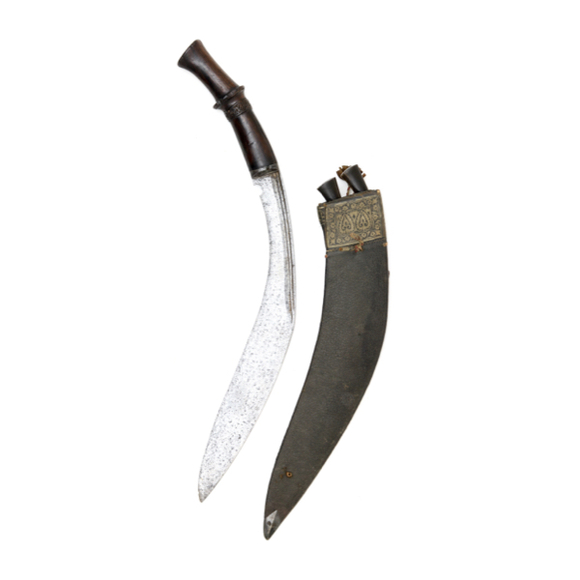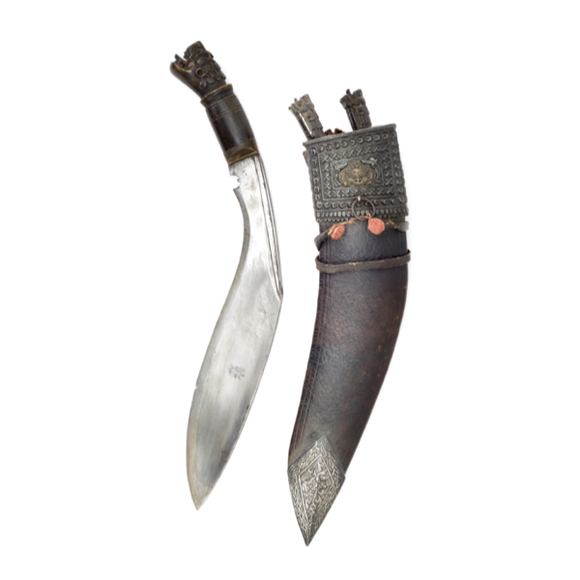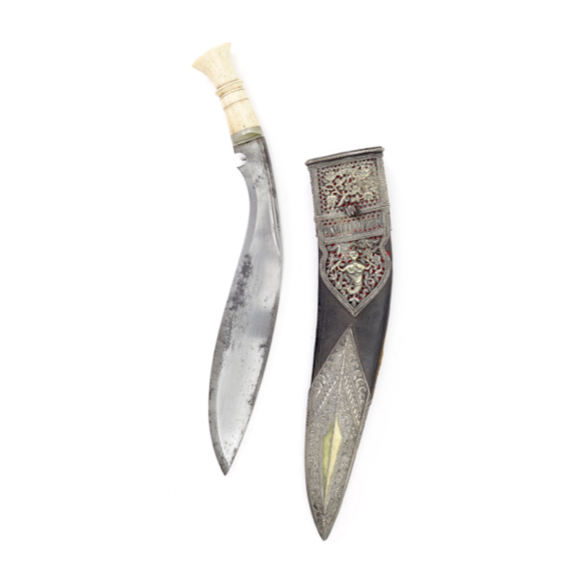Language: Hindi
Source: Secondary reference material
Description
Firaṅgī (फिरंगी) literally means "foreigner", based on the old word franc. It is used to describe European swords that are mounted in Indian hilts, usually Hindu basket hilts. Sometimes the blades were local copies of European blades. Such swords were popular in north India and the Deccan in mainly in the 17th century and 18th centuries. The mounted blades could be either straightsword blades or curved sabers.

A firangi sword with European saber blade.
Metropolitan Museum accession number 36.25.1316.
They were expensive and sought-after and often seen in the hands of rulers as status symbols. Among the rulers being portrayed with them are several Mughal emperors, various Rajpur maharajahs, and Deccan sultans.
See for example, portraits of:
Mughal emperor Shah Jahan (ruled 1628-1658) in the St. Louis Art Museum, Minneapolis Institute of Art, Yale University Art Gallery.
Mughal emperor Aurangzeb (ruled 1658-1707) in the San Diego Museum of Art.
Rajah of Bikaner Karan Singh (ruled (1631-1669) sold at Christies.
Maratha use
Long, slender blades were especially popular among the Maratha, mounted both on Hindu basket hilts and wrist-enclosing dandpatta hilts.

Shivaji (1630-1680), founder of the Maratha Empire and his men.
Many armed with long swords with Hindu basket hilts.
From Monuments anciens et modernes de l'Hindoustan, 1821.
From a drawing then in the Royal Library.
Etymology
From Old French franc. Doublet of franc.
Urdu firangī (فرنگی)
Persian farangi (فرنگی)
Arabic ʾifranjiyy (إفرنجي)
References
Philip S. Rawson; The Indian Sword. London, Herbert Jenkins. 1968. Page 43.






